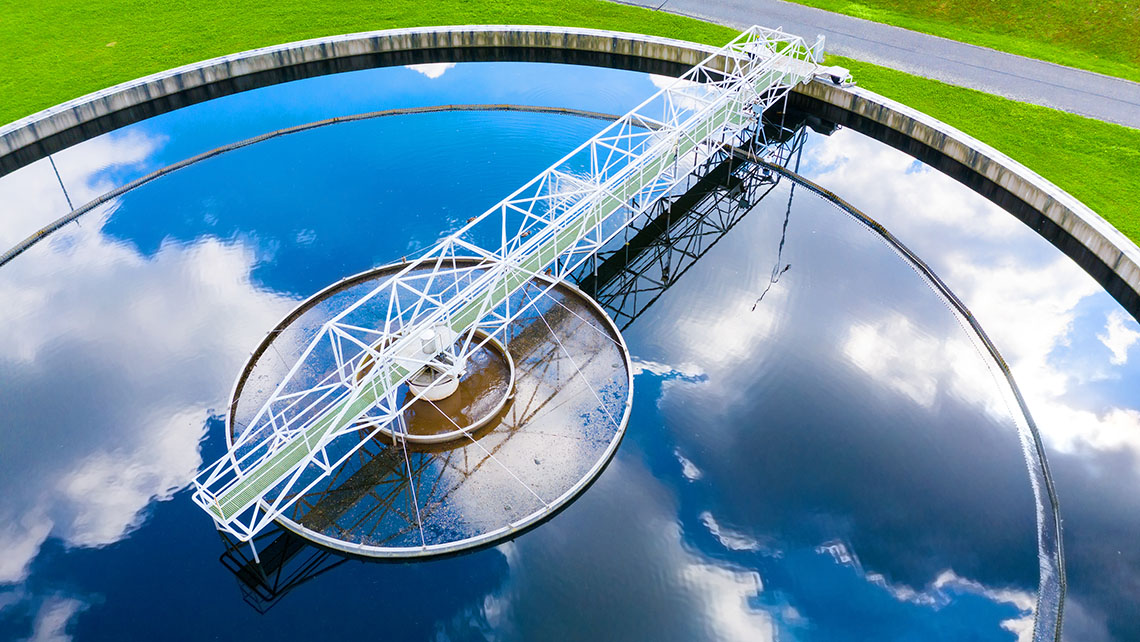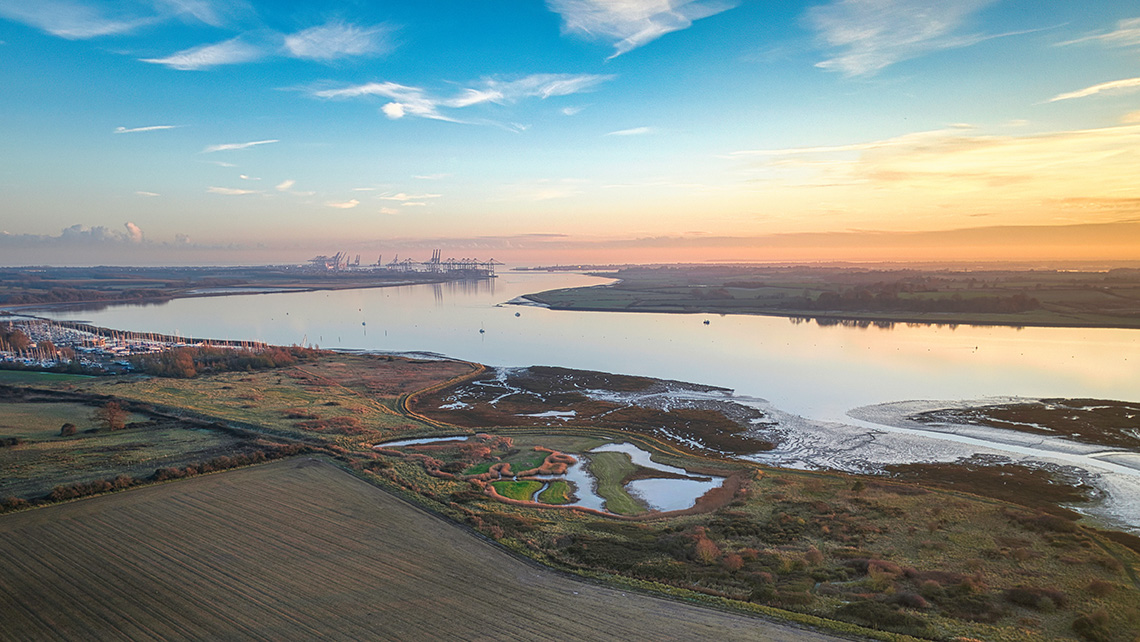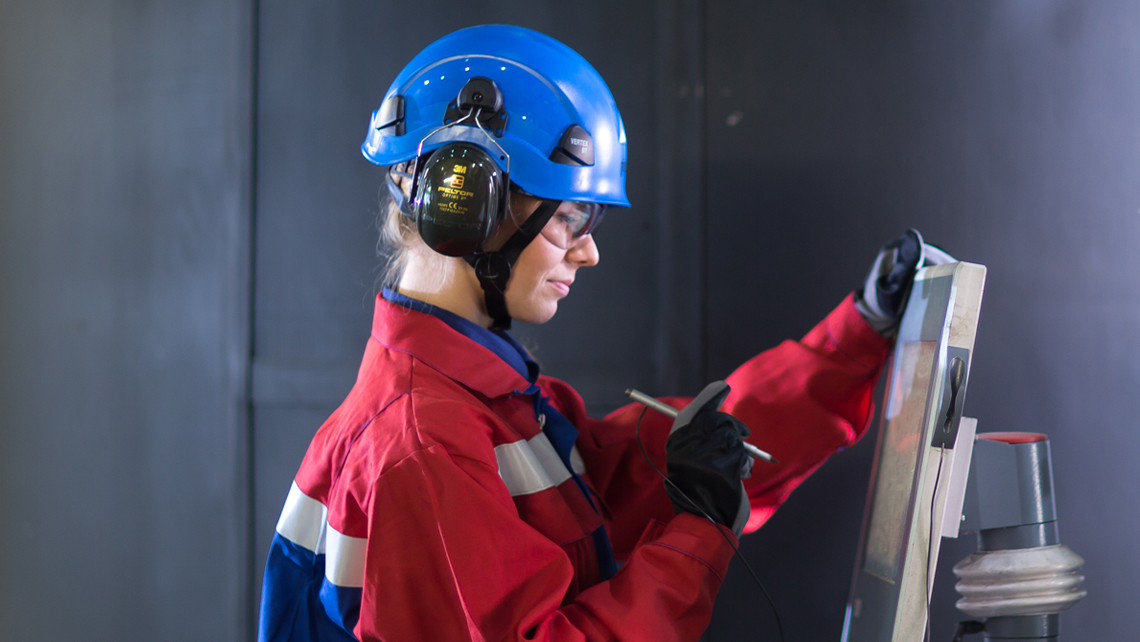The Edar Vic wastewater treatment plant (WWTP) is located approximately 60 km north of Barcelona in northeastern Spain and processes both municipal and industrial wastewater. The industrial component accounts for a significant share of the load handled by the plant as it serves a nearby meat processing facility along with other food production sites.
The plant’s treatment process comprises the following steps:
- Primary treatment (without coagulant dosing)
- Biological treatment (without P removal but with nitrogen removal)
- Nitrogen removal
- P removal (chemical precipitation using ferric chloride)
- Anaerobic digestion for biogas production
The plant’s operators, Depuradores d’Osona, are focused on reducing the carbon footprint of their activities, and as such have invested in solar panels to generate renewable power, complementing the power generated from the biogas produced during the anaerobic digestion treatment step.
Building on an existing P control strategy
The Edar Vic plant, a Kemira customer for more than 25 years, already had a strategy in place to control P levels, with an analyzer and a control algorithm developed in-house. The algorithm used P concentration at discharge (after secondary sedimentation) and water flow as input values arguments, adjusting the level of ferric chloride dosing according to phosphorus levels at discharge.
“We have an excellent relationship with the customer, so when they put out a tender request at the end of 2021 it gave us the opportunity to propose different ways to support them,” explains Jordi Ruiz, Advanced Water Treatment Expert at Kemira. “At the time the customer was very satisfied with their own in-house control strategy, but we were confident that our KemConnect P digital service would improve their P control even further, so we included it in our proposal.”
The tender process put a lot of weight on innovative digital solutions, which is an area where Kemira is leading the way in the industry.
KemConnect P is Kemira’s data-driven solution for enhancing phosphorus removal and optimizing chemical consumption in wastewater treatment processes. Once “trained” on site based on testing, Kemira’s algorithm for multiple dosing points enables real-time process optimization, ensuring the right dose of chemicals is administered at the right time and in the right place to maintain compliance at the lowest total cost of ownership.
“The tender process put a lot of weight on innovative digital solutions, which is an area where Kemira is leading the way in the industry,” says Aleix Barrufet, Sales Representative, Kemira. “We have several examples of WWTPs that have reduced chemical consumption and energy costs while improving the stability and effectiveness of their treatment processes. One of the big advantages at Edar Vic was that the plant already had a P analyzer system on site, so we did not need to install our own.”




